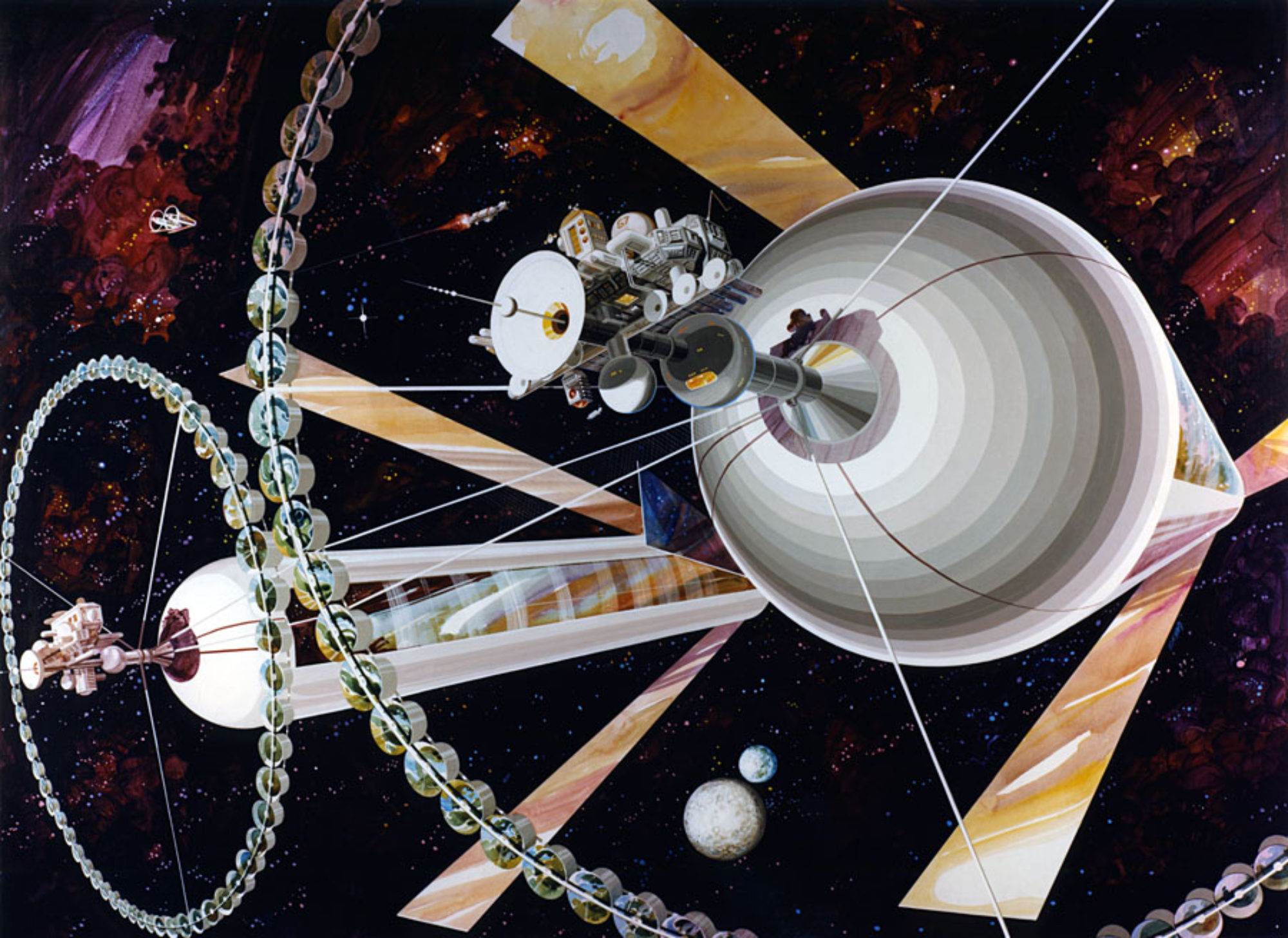Princeton Satellite Systems’ Direct Fusion Drive, fueled by helium-3 and deuterium, could be on line by 2028, significantly reducing travel time to the outer solar system and beyond. In addition to providing high specific impulse propulsion, the system could be used as a power source at the destination.
Zubrin’s Pioneer Astronautics tapped for research on Mars ISRU technologies
Parabolic Arc is reporting that NASA has selected Bob Zubrin’s Pioneer Astronautics for two Small Business Innovation Research (SBIR) Phase II awards for continuing research on developing technologies for in-situ resource utilization on Mars. http://www.parabolicarc.com/2019/05/23/bob-zubrins-pioneer-astronautics-selected-nasa-sbir-phase-ii-awards/#more-68982
NSS to host Policy Forum on Space Settlement at ISDC June 6
Space Access Society 2019 Highlight – Positron Dynamics paves the way for antimatter propulsion
Ryan Weed, CEO of Positron Dynamic discussed his company’s plans for opening the solar system with an innovative radioisotope positron source for interplanetary propulsion. Last April, the small start-up was awarded a NASA Innovative Advanced Concepts Phase I award to study the system: https://www.positrondynamics.com/
Once in a Blue Moon
Jeff Bezo’s vision for space settlement and the unveiling of the Blue Moon lunar lander:
Solar additive manufacturing using lunar regolith
Researchers at the German Aerospace Center (DLR) and the European Space Agency have published a paper in in the November 2018 Acta Astronautica demonstrating the feasibility of using solar energy to sinter lunar regolith in additive manufacturing. The in-situ resource utilization technique can be used to automate building roads and shielding lunar habitats prior to arrival of astronauts. https://www.sciencedirect.com/science/article/pii/S0094576518303874
Space Access Society 2019 April 19 – 21
Day 1 – The Entrepreneurial Revolution In Smallsat Launch
http://space-access.org/updates/sa2019schedule.html#Thursday
Day 2 – Reusable Rocket Transport Networks in Earth-Moon (and Mars, and Nearby Asteroids) Space
http://space-access.org/updates/sa2019schedule.html#Friday
Day 3 – After Rockets, Getting There Faster: High Energy Propulsion Possibilities
http://space-access.org/updates/sa2019schedule.html#Saturday
Stratolaunch takes flight
Scaled Composites makes aviation history by flying the worlds largest wingspan aircraft:
SpaceIL scores $1 million Moonshot award from X-PRIZE Foundation
Although crash landing after failure of its main engine, Beresheet still shines after an unplanned disassembly on the lunar surface https://www.xprize.org/prizes/google-lunar/articles/xprize-awards-1m-moonshot-award-to-spaceil
Update: President of SpaceIL Morris Khan announces on Twitter a second attempt to send a lander to the moon: https://twitter.com/search?q=%23IsraeltotheMoon&src=hashhttps://twitter.com/search?q=%23IsraeltotheMoon&src=hash
Update: Peter Diamandis reflects on the SpaceIL mission: https://www.diamandis.com/blog/reflections-on-spaceil-mission
Space debris removal company Astroscale secures $30 million
The Japanese company announced the new tranche of funding this week at the 35 Space Symposium
https://spacenews.com/astroscale-raises-30-million-opens-u-s-office-in-denver/
